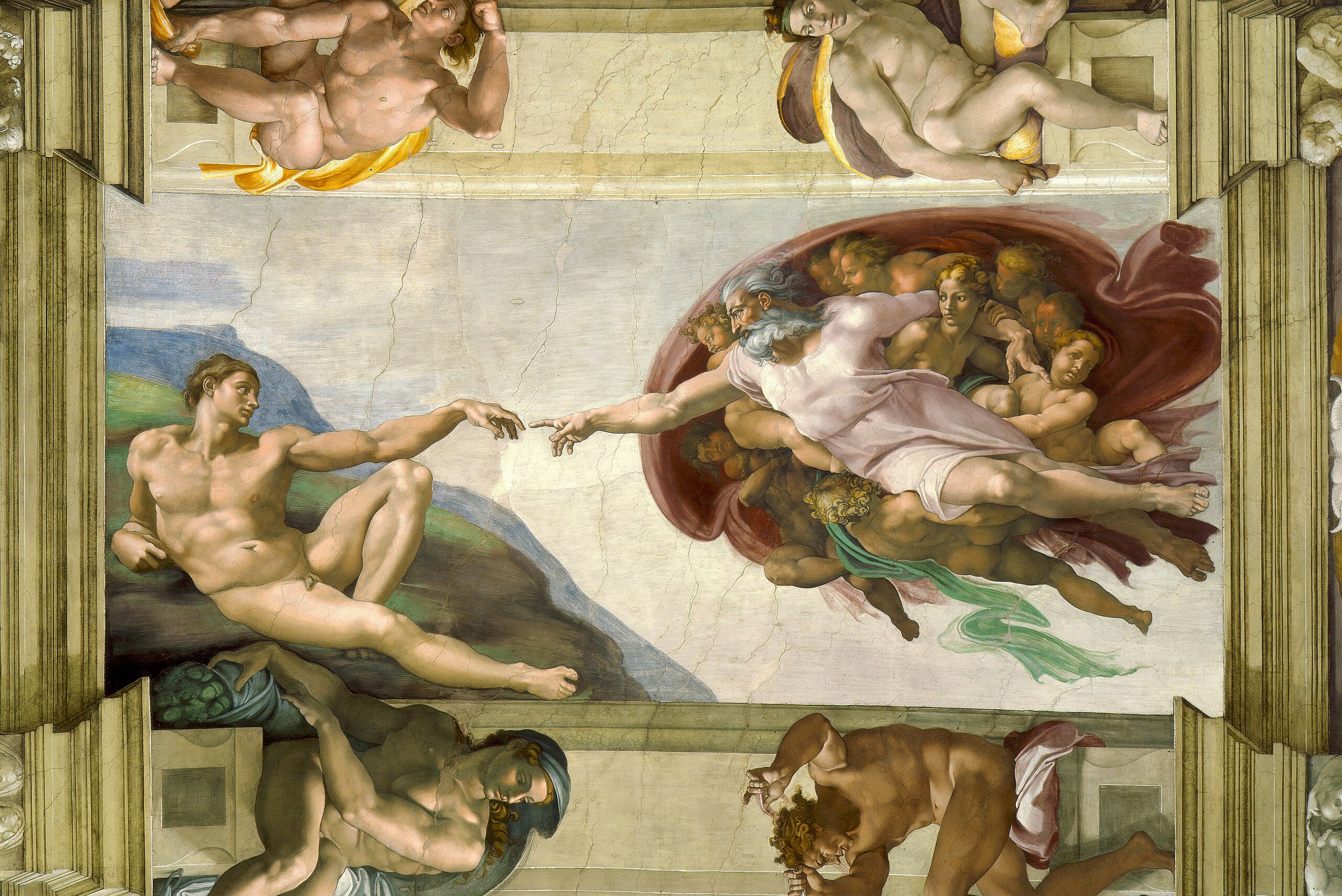One of the most hopeful signals for the future that I’ve noticed is that young people, especially Gen Z, are more aware of attempt to propagandize than the people of the past. However, I have also noticed a tendency of people uncritically accepting narratives of the distant past (with the exception of racial histories). When someone hears something about the Vietnam War, the Cold War, the Great Depression, or other events from modern history, I think people are generally pretty good about acknowledging overt biases in narratives perpetuated by extant powers (who have a vested interest in getting you to see the past their way). When it comes to pre-modern history, however, people have a tendency to accept narratives at face value.
Part of that is the way history is taught in school. You see a lot of different takes in the media about modern history because it feels more relevant to current events, and its often salient to political campaigns and such. But! If you’re like most people, when you learned about stuff like ancient Greece and Rome, all the way up to the Reformation and Renaissance, you probably learned about it in high school. Americans, regardless of age, pretty much view high school history class the same way: as a place to learn about names, dates, and facts.
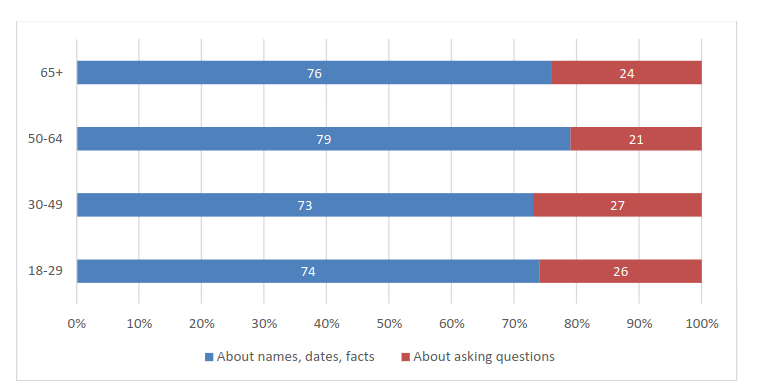
In other words, Americans are quite literally conditioned to uncritically examine the information presented in High School History courses. A big part of this is no doubt because most people just don’t care. It was so long ago, so who cares? It doesn’t really change things today, right? In point of fact, there is actually a pretty noticeable correlation between people who view history as “facts” and not caring about pre-modern history at all.
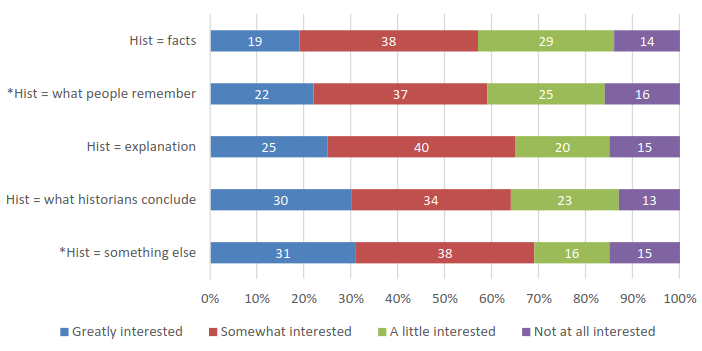
This uncritical view of history can lead you to walk around with some pretty wild narratives in your head perpetuated by Protestant governments bent on creating a New World Order. This is the very world order that controls the dominant narratives of modern history people are more skeptical of! It makes sense, therefore, to analyze some of these false narratives and ask ourselves who benefits when we believe them. Was the nearly thousand year long period after the fall of Rome, marked by dominance of the Catholic Church in European politics really a “Dark Age?” Was the roughly 200 year long period that coincided with the ascendancy of Protestant dominance in the same continent really an “age of Enlightenment?” We don’t even refer to the great scholars of Ancient Greece as Enlightened, yet so many of us uncritically call early-modern thinkers “Enlightened” without batting an eye.
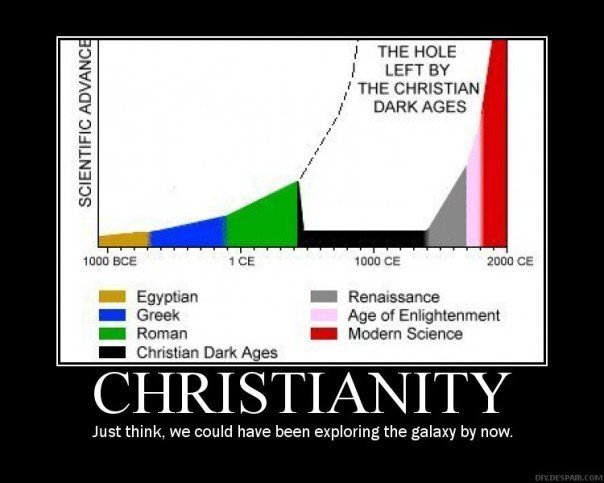
It would require a monumental work rivaling Summa Theologiae to enumerate all of the Protestant propaganda that has made its way into the historical record, and another work twice as long to debunk them. I encourage you to do some digging in this area if you find this post compelling. I think you will be astounded how pervasive it is, and how much it informs modern Capitalism, American hegemony, and international relations to this day. To get you started on this journey, I would like to pick one simple narrative that’s fairly easy to debunk: the story of Galileo Galilei, the intrepid scientist who dared to speak out against the evil, backwards Catholic church, who was unjustly persecuted for his noble efforts. Click that hyperlink on his name, and see the brief summary of his story proffered by the History Channel. You might not trust the History Channel, but if you read through that narrative, you’ll probably agree that it’s about the standard tale for how it all went down.

First of all, it might surprise you to learn that the “backwards” Catholic Church that hated science, did in fact fund Galileo’s research. In fact, Pope Urban VIII (the very Pope who ordered his Inquisition) was one of his earliest patrons, Galileo did a lot of great work under this patronage. He is noted as inventing the precursor to the thermometer, famous (of course) for his telescope, esteemed for unprecedented detailed observations of the moon, and more! As you know, it all came to a head with the Pope and the Church when he started shilling heliocentrism.
Let’s take a time out. This is not a treatise on rejecting heliocentrism. Heliocentrism is no-doubt true, and recognized by science and the Church alike. Galileo, however, was not simply an advocate for heliocentrism; he was an advocate of a modified version of Copernican Heliocentrism. Am I just being pedantic? Not really. Let’s look at a modern (accurate) model of the Solar System:

I want you to note a two things.
- Every orbit is uniform (planets don’t change directions relative to the Sun)
- Orbits are elliptical (also called Kepler Orbits, named after the astronomer who actually figured out the motion of planets)
Now let’s look at Copernicus’ model
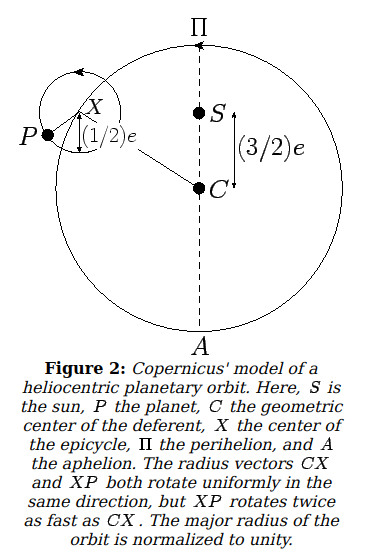
Copernicus, like many scientists of old, was a bit schizo. He was obsessed with the idea that the motion of planets were perfect circles, not unlike Ptolemy who came before him. Unlike Ptolemy, he put the sun in the center. The problem is, when you have perfect these perfect circular orbits with the sun in the center, it becomes hard to explain the retrograde motion of planets. To address this, Copernicus, again like Ptolemy, incorporated something called an epicycle. That’s what you see above. Planets orbit the Sun in a circle, but they also orbit about some point while they orbit the Sun. I want to stress this, so don’t take it from me, take it from the University of Rochester Department of Physics and Astronomy:
There is a common misconception that the Copernican model did away with the need for epicycles. This is not true, because Copernicus was able to rid himself of the long-held notion that the Earth was the center of the Solar system, but he did not question the assumption of uniform circular motion. Thus, in the Copernican model the Sun was at the center, but the planets still executed uniform circular motion about it. As we shall see later, the orbits of the planets are not circles, they are actually ellipses. As a consequence, the Copernican model, with its assumption of uniform circular motion, still could not explain all the details of planetary motion on the celestial sphere without epicycles. The difference was that the Copernican system required many fewer epicycles than the Ptolemaic system because it moved the Sun to the center.
Now I want to give Galileo credit where it’s due: he didn’t like epicycles. They don’t make any sense and he recognized that, so he revised Copernicus’ model to do away with them. Let’s take a look at Galileo’s model:
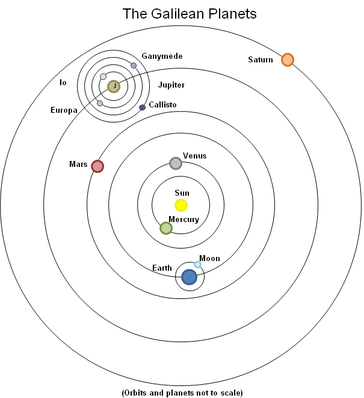
The first thing you’ll notice is his model looks pretty damn good. If you don’t know too much about astronomy, it probably looks about exactly correct. You might even think I’m being pedantic to say that he was wrong looking at this model. Well, I will concede that based on what we know today his model represents a pretty damn good educated guess on the motion of the planets. But Galileo and the Church didn’t know what we know today, and I would like to direct your attention again to the quote above. Specifically:
the Copernican model, with its assumption of uniform circular motion, still could not explain all the details of planetary motion on the celestial sphere without epicycles.
The problem with Galileo’s model was that it could not be used to predict the motion of the planets. In other words, empirical data could and easily did demonstrate that his model was incorrect. On the other hand, Ptolemy’s (also incorrect) model, could accurately predict the motion of planets and was useful for forecasting purposes. True, for theological reasons it probably would have been convenient to the Church if the Earth were the center of the universe, but every major religion and even most of the fringe cults have survived the revelation of heliocentrism. The far simpler explanation for why the Church refuted Galileo’s claims was simply that they were demonstrably false!
“Still,” you might say, “it was kind of messed up of the Church to persecute him just because he made a scientific error.” And yes, it would be, if that was what happened. But the truth is it didn’t happen that way at all. Galileo presented these findings to his patron, who, again, was the Pope. And the Pope rightly noticed that the theories were inaccurate, and he said as much. Then, like any good scientist, Galileo critically examined his work and revised it to fit with the empirical data, namely the observable motion of the planets. Let me tell you, if he had actually responded that way, the whole Galileo affair would have never happened.
The Pope was actually happy to continue to funding his research if had chosen to go that route, but Galileo decided that he’d rather antagonize the Pope instead. When Pope Urban VIII rejected Galileo’s theory, he told him basically that man cannot know exactly how God set up the cosmos, because God could produce a given effect in myriad ways (alluding to the fact that both the OG Copernican and Ptolemaic model could predict planetary motions). Galileo, funded by that same Pope, then wrote Dialogue Concerning the Two Chief World Systems.In the style of Plato, it is written as a Dialogue between his self-insert, Salviati, and two stupid goons who are written to be defeated by Salviati’s brilliance.
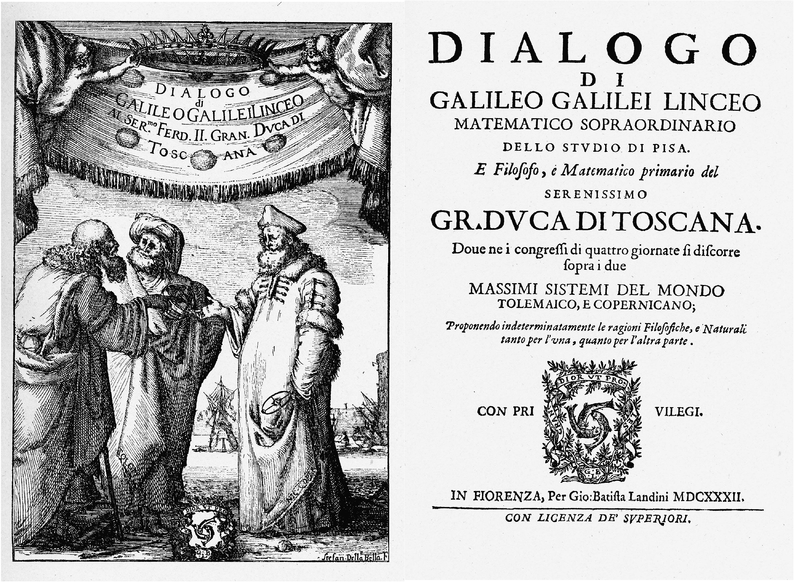
One of these characters he names Simplicio, or “simpleton” if you’d like. In this book, which was, again, funded by the Pope, Galileo has Simplicio restate the Pope’s argument from when he rejected his theory. Let’s recap this situation.
- Pope Urban VIII is a noted patron of the sciences, and he funds numerous enterprises and discoveries of Galileo.
- Galileo creates a model of the Solar System that is demonstrably false, and is empirically worse at predicting planetary motions than the other two popular models.
- The Pope points this fact out.
- Still funded by that Pope, Galileo publishes a book calling him a retard (even though said Pope was right and Galileo was wrong).
- The Pope who is having his authority undermined by this (wrong) scientist has him arrested.
“Well,” you might say, “that doesn’t justify his torture at the hands of the inquisitors!” And you’d be right! The Church even agrees with you, because he was never tortured. He was put under house arrest (tended to by servants) where he continued his astronomical observations until his death. That house:

Now that you know the truth behind the whole Galileo affair, how many details surprised you? What was the most surprising part? That the Pope didn’t initially condemn him because of heliocentrism, but allowed him to continue his work, only stopping him because he was personally insulted? That the Pope funded his research? That he was completely and demonstrably wrong? That the terms of his arrest were nicer than a modern Nordic prison? Something else?
I will leave you now with a question. I encourage you to ask yourself this sincerely: who wants (or wanted) you to believe the false history? Why?
